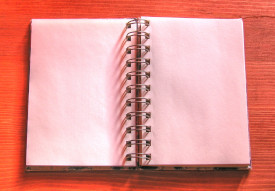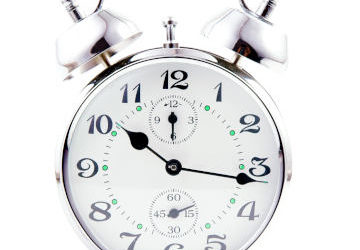Task Management
If people with bipolar disorder were asked whether they have had much success in keeping a daily planner, chances are that few would say so. Although tracking their productivity and other indicators of performance without feeling discouraged over an extended period of time is not impossible, it is uncommon that effort would have sustained throughout the varying mood cycles.
All in all, an average journal is insufficient to organize all of a patient’s key thoughts and goals. Unfortunately, when profound ideas and opportunities are improperly channeled, negativity ensues, leading to depression and the perpetuation of bipolar mood cycles.
Keeping Multiple Daily Journals
Although maintaining one daily planner is usually more efficient for most people than keeping multiple ones, this is not the case for bipolar disorder patients. People with bipolar disorder struggle to lead multiple lives, per se. Sometimes one may be predominated by thoughts about philanthropy, while on the same day, one is enthused about financial stability. One voice may be picky about aesthetic beauty, while another may urge about efficiency. One voice may prefer brevity, while another may demand fluency… It is impossible to please all the voices in one journal, so it is usually better to keep multiple planners.
Memoir: First Attempts at Bullet Journaling
The Journals
- pocket notebook
- bullet journal(s)
- mind map notebook (optional)
- diary (optional)
1. Pocket Notebook

When having numerous thoughts running through the mind, a few may be inspiring once in a while. It’s normal to mull over thoughts occasionally, but mulling without action is often a problem. The least one could do is to write down the key thoughts, thereby being able to prioritize them later.
As humans, it is natural for the mind to be busy, but the mind is much busier for people with bipolar disorder. Having a pocket notebook is handy to alleviate this problem. Though each of us has only one brain, we could have as many notebooks as we need to record our ideas.
Keywords: delegate, honor one’s thoughts, space, freedom, flexibility
A mind as perplexed as one coping with bipolar disorder requires the freedom of full expression, especially one absent of judgment. This window of expression is always available through journal writing.
What differentiates the pocket notebook from all the other journals is that it has no restraints on what or how the entries are to be written. Rough sketches, scribbles, shopping lists, new tasks, booked appointments…all are acceptable. The pocket notebooks are not to be kept permanently — once an idea is deemed worthy of further acknowledgement, it is to be recorded into a tidier journal.
It is recommended to purchase pocket notebooks that are thick and coiled (so that pages may be torn away) with plain covers and unlined pages (to allow for rough sketches).
2. Bullet Journals
A bullet journal (aka BuJo) is essentially a form of self-customized planner. Designing one’s own pages, its flexibility provides total freedom for people with bipolar disorder to plan and coordinate their daily activities.
There are many fancy ways to make a bullet journal, though there is an official or standard model available. The standard model encourages the creation of an index, key, future log, etc. (Reference: Bullet Journal Official Website) For someone with bipolar disorder, the standard model may not be optimal, so further customizations may be necessary.
Here are some design tips:
- Create a task list separated by category rather than by date. If one has an independent project, the list will be very long. Make progress by tackling the tasks in a flexible order. Use different colors or symbols to indicate their completion dates.
- Be sure to setup a mood tracker to recognize the current mood phase.
- A sleep tracker is also particularly useful. Record the number of hours, bedtimes and quality of sleep per day.
- Include a meditation tracker, leaving enough space to record several sessions each day. Use symbols to differentiate the types of meditation conducted.
The recommended practice is to prepare one bullet journal for each career path. While it is quite possible to have four or five career paths in one’s lifetime (especially for bipolar disorder patients), work with at most two bullet journals at once. Prioritize the grand ideas, and focus on one mission at a time, while using another journal to handle ordinary matters (such as one’s regular job).
Set a target year to phase out one’s regular job if it no longer serves you, and take effort to dedicate time towards other life endeavors.
(Recommended Reading: “The ONE Thing: The Surprisingly Simple Truth Behind Extraordinary Results” By Gary Keller and Jay Papasan)


